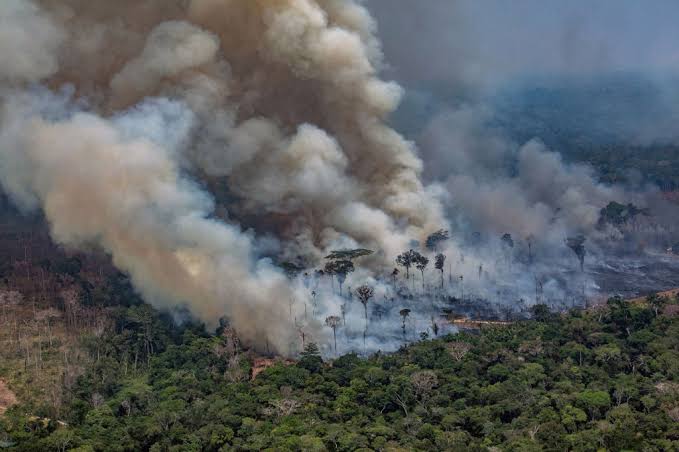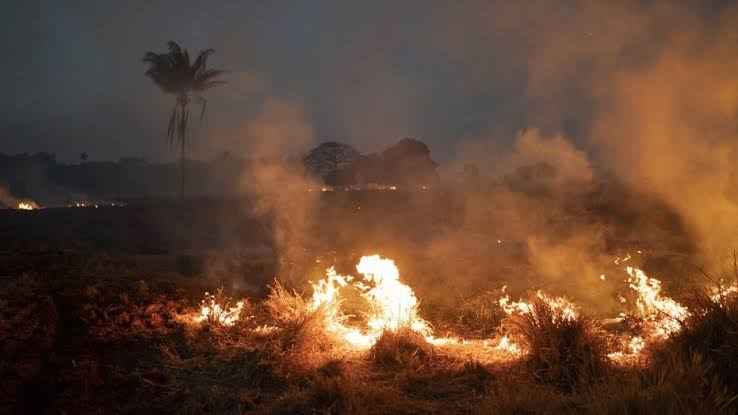
To its first shrub to its basin that presently encompasses more than 2.12 million square miles of the forest, the Amazon Rainforest has served the world’s environment in unexplainable ways over the years. However, with Brazil’s Amazon rainforest in flames at the moment, it is not only a threat to the millions of biodiversity that reside within the woodlands but an equal threat to humans as well. With the forest burning at the highest rate since 2013, there is a lot at stake for the planet. Read on to find out more about the devastating effects the blazes can have on the environment, and humans around the globe.
The mother of fresh air
The Amazon Rainforest is responsible for absorbing roughly one-quarter of the Carbon Dioxide that is produced annually. That means that if the current astrocity ceases to remain, oxygen supply will reduce by a concenring 40% altogether. Simply put, the aftermaths are fatal to the planet and mankind.

A threat to biodiversity
Home to thousands of mammals, reptiless, amphibians, and bird species, the Amazonia carries approximately 10 percent of the Earth’s animal species. Not only are these specimens responsible for a safe ecosystem, but the lack of them could result in drastic consequences by tipping balance to a habitat. All in all, wildfires like the current kind takes a massive toll on wildlife in terms of a lot of animals dying from catching on to flames, the heat from the flames, or smoke inhalation.
The Amazon is different
Although wildfires in many forests are essential for maintaining healthy ecosystems, the Amazon runs differently. Already unique and rich in its abundance of diversity, wildfires that are large in scale account as huge threats to the Amazon’s life term and those that reside within it. At this point, all we can do is try your best to put a stop to the terrifying fires and pray that we are not deprived of a healthy environment.






